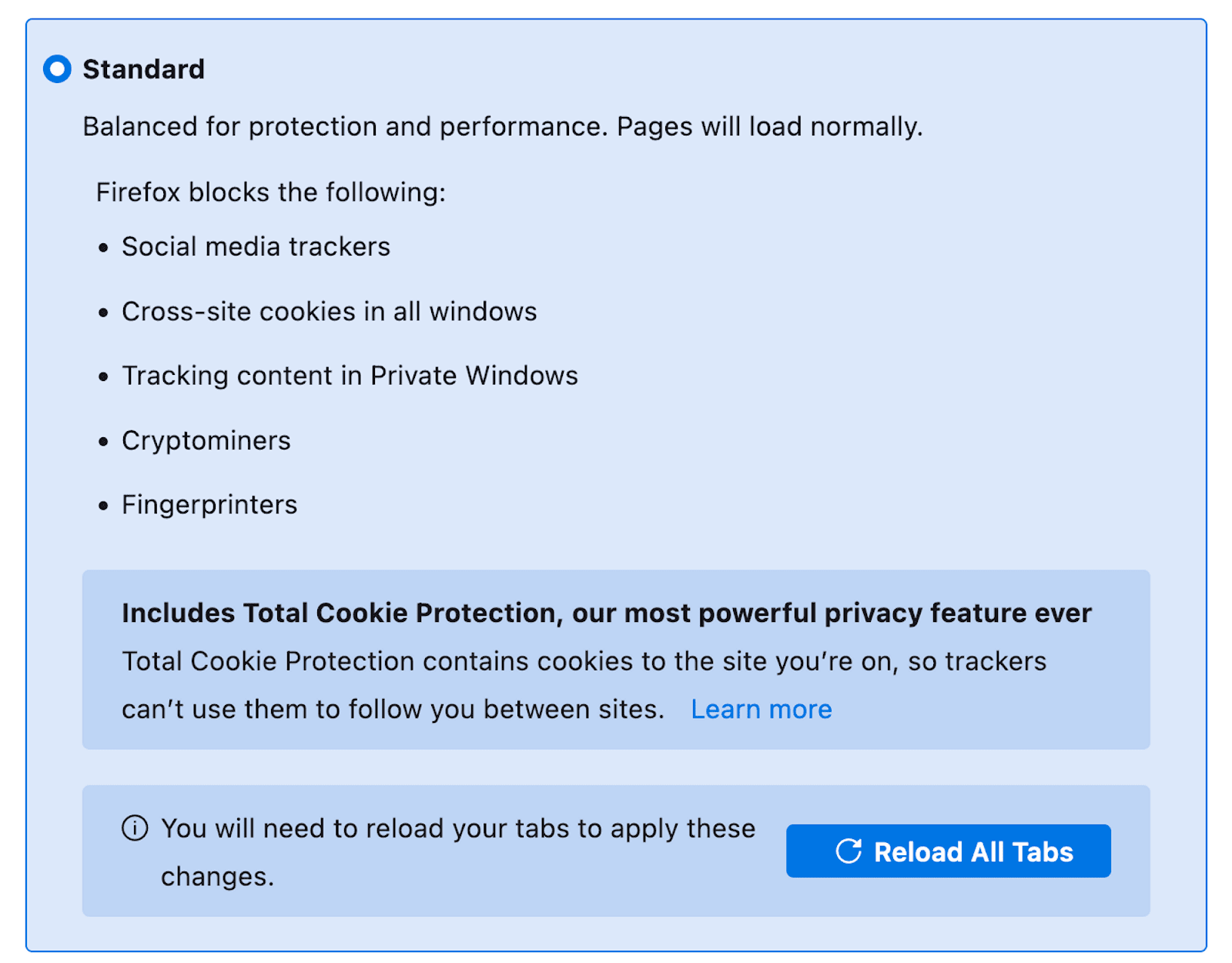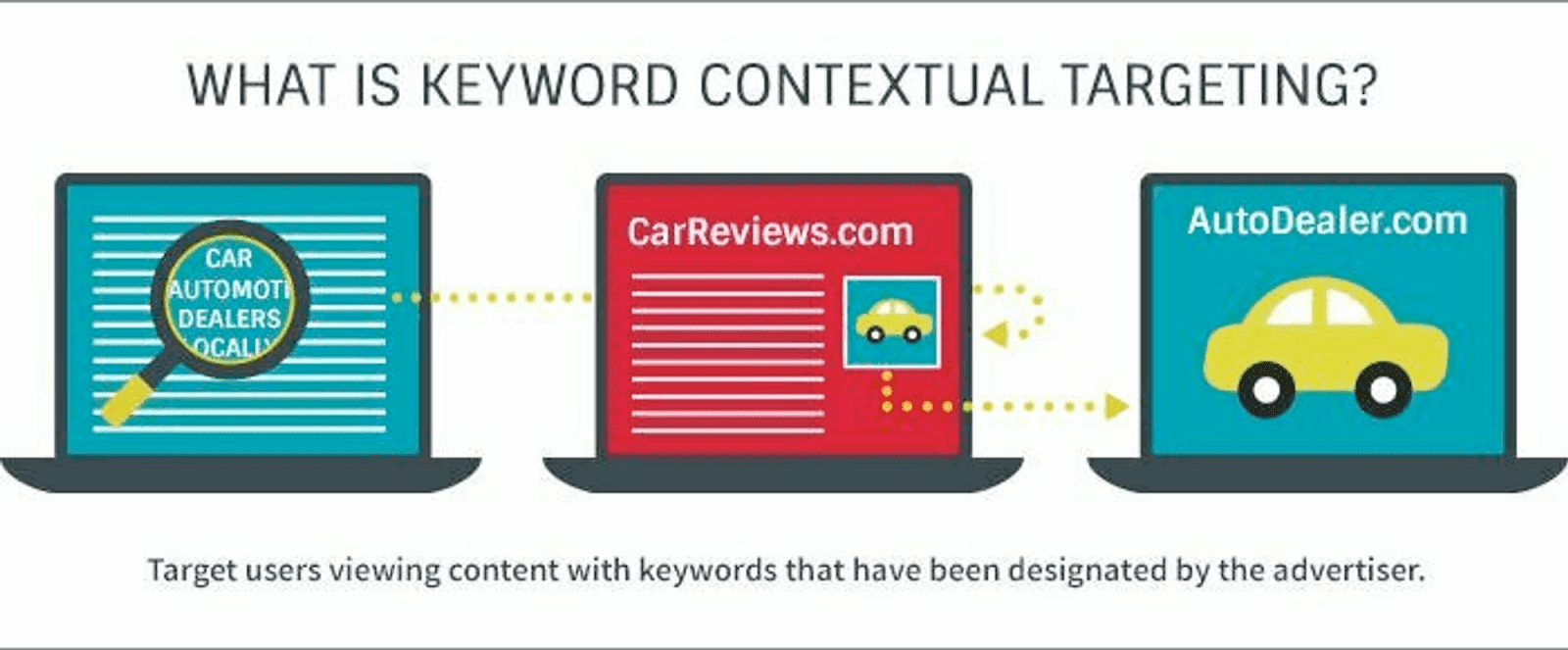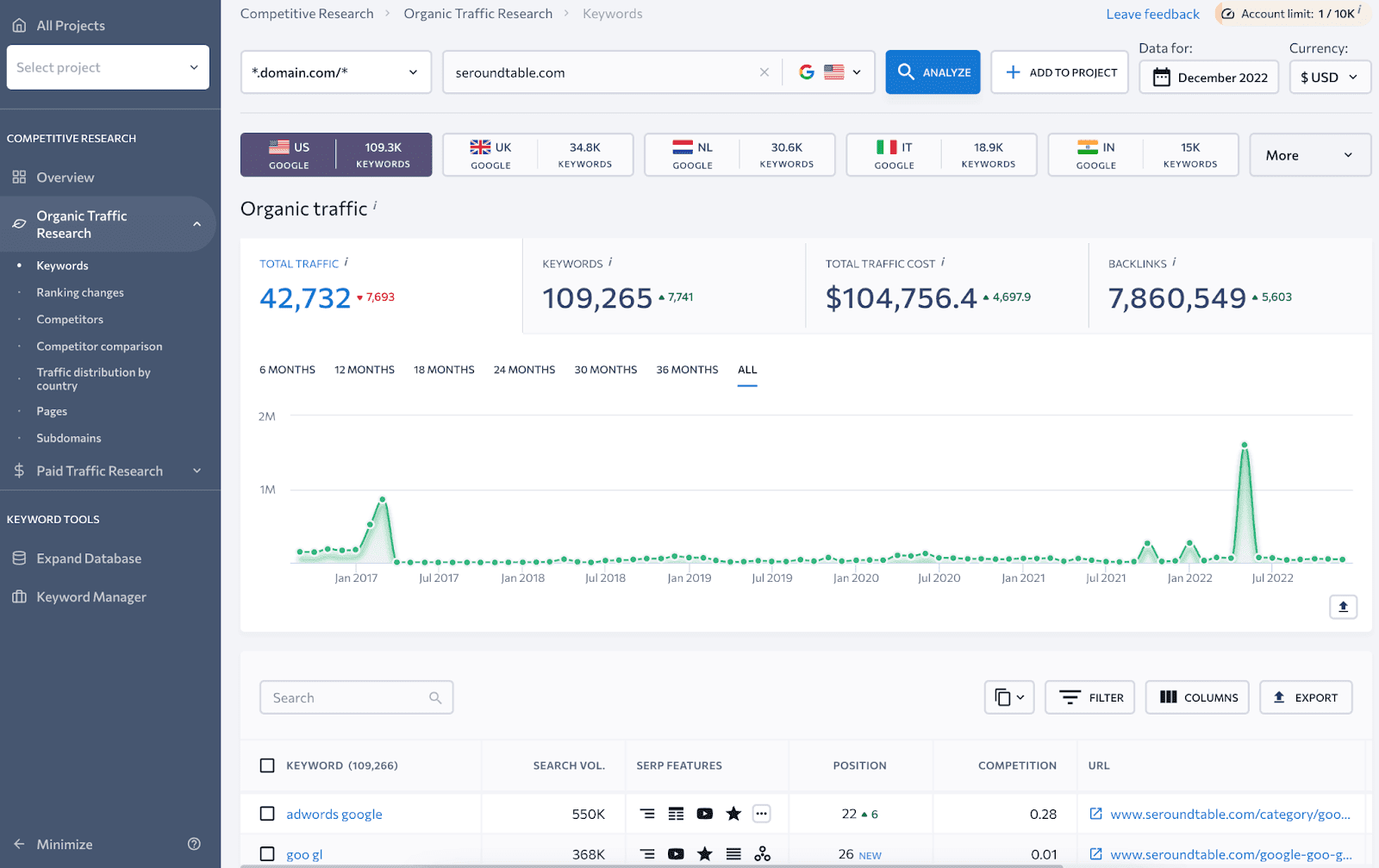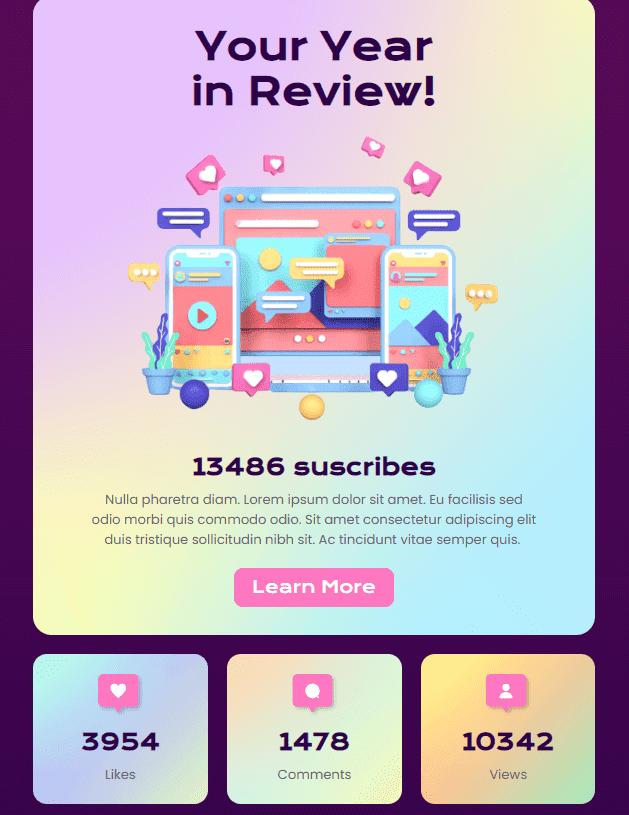Almost every website you visit plants third-party cookies on your browser. These cookies are used to track your online activity and target you with ads. But all that is about to change. Google announced that it would phase out support for third-party cookies in its Chrome browser within the next two years. This means that other browsers will likely follow suit. So, what does this mean for you? Here's everything you need to know about the end of third-party cookies and how to prepare yourself for it.
What types of cookies are there?
We speak about third-party cookies, but what are these parties?
1. First-party cookies
It’s information sent to your browser by the website you are browsing (let’s call it website A). These cookies are good: without them, you wouldn’t be able to stay logged in, save items to a shopping cart, or continue watching videos from the moment you left off. They are also used to collect information about website usage so the website’s owners can improve user experience.
2. Second-party cookies
These cookies include data about you as the user of a website that is used on another website. For example, if site B uses cookies from site A. To do so, site B needs to identify your cookies from site A to use them, but it’s rarely the case.
3. Third-party cookies
Third-party cookies are those provided from sites A and B to site C via another company that aggregates data from multiple sites. For example, advertising companies can track your actions on numerous websites to learn about your preferences for personalized ads. Good examples of third-party cookies are those generated by Meta (Facebook) Pixel.
What’s the problem with third-party cookies?
The main concern about using third-party cookies is online privacy and anonymity. Web pages with third-party cookies can identify you on multiple websites. By knowing your IP, the device you are running, and behavioral stats on websites, it can estimate your gender, age, and interests. This third-party company can build a scarily accurate user profile by merging all the data from multiple sources.
Such excessive data that you never intended to provide can lead to overly-optimized ads that make you feel like you are being stalked. Imagine browsing camping tents for the first time in your life in some online shop, and then you see tent ads everywhere — creepy, right?
What is the future of third-party cookies?
The two most influential IT corporations — Apple and Google — are removing third-party cookies from their devices and native apps. On September 16, 2020, Apple released iOS 14, which prompts users to allow in-app tracking or “Ask App not to Track.” And Google has initiated the Privacy Sandbox. According to its timeline, Chrome will depreciate third-party cookies by 2024.
You can see that third-party cookies are dying out, so now it’s time to talk about the web without them and how you can prepare for it.
Third-party cookies today
Actually, third-party cookies are dying right now: about 41% of desktop 3rd-party cookies get rejected. This happens because modern web browsers in Private mode do not save third-party cookies by default. Not only that, but they allow users to control cookie settings.

For example, Mozilla Firefox blocks cross-site (third-party) cookies by default.
Marketers use third-party cookies to understand who visited their websites, analyze the audience profile, and create targeted ads. That’s why Google phasing out third-party cookies is a real challenge. Businesses that rely on third-party cookies are losing data, and the amount of data they lose will only increase in the following years, so the shift has to be done swiftly.
Effective ways to prepare yourself for a cookieless future
At this point, the depreciation of third-party cookies is just a matter of time. You can’t change this trend, but you can prepare for it. Here are some techniques that can make the shift painless for you.
1. Contextual advertising
Contextual advertising or display ads are related to web page content — for example, an auto dealership showing an ad in an article about the 2024 Ford Mustang.

(Source: WordStream)
Since advertising is the most popular application of third-party cookies, the most significant shift will be happening there. Instead of excessive user data, publishers will strongly rely on the content’s topic to provide relevant ads for a user.
The most popular contextual advertising platform is Google AdSense — you’ve probably seen it in action. It’s fair to assume a similar approach will be the most prominent after the retirement of Google third-party cookies since it’s simple for both publishers and advertisers to set up and safe for the user because it doesn’t require any sensitive data.
Since this strategy strongly relies on content, advertisers should pay more attention to it. To make the most out of a display campaign, you need to pick the publishers carefully. For example, you can cherry-pick websites manually with the SE Ranking website competitor analysis tool to find out if their search traffic is relevant for you, which keywords they rank for, and which of their pages are the most popular in your target region or market.

(Source: SE Ranking)
2. Universal ID
The most popular solution as of today is Unified ID 2.0. It uses a single sign-on to get the user's email and connect it with UID. This approach is built around having unique identifiers for all internet users while still providing privacy and more control for users.
It’s mutually beneficial for both parties — advertisers and users:
-
publishers are still available to provide personalized ads that are relevant to users;
-
users can choose whether they want to log in to be recognized.
UID cannot identify all users without their acknowledgment — it generates less data on users but provides more privacy, which is an excellent balance between the two.
3. First-party data collection
First-party data collection is the practice of collecting data directly from a business's website or mobile app rather than through third-party sources such as cookies. This type of data collection can be a helpful alternative for companies looking to replace third-party cookies after their depreciation.
First-party data collection advantages:
-
it allows businesses to build a direct relationship with their customers and better understand their needs and preferences. This can be done through the use of web forms, surveys, chats, and other interactive elements that allow users to provide feedback and share information with the business;
-
it gives businesses more control over their data and how it is used. Since the data is collected directly from the business's website or app, the business has more of an understanding of how the data is collected, stored, and used and can ensure that it is being handled in a responsible and ethical manner;
-
it helps businesses build trust with their customers by being transparent about how their data is being used and allowing them to opt-in or opt-out of data collection. This can help businesses establish a more positive and mutually beneficial relationship with their customers.
4. Email marketing
Email marketing can be a valuable tool for businesses looking to replace third-party cookies to track user data and target customers based on their preferences. Here are a few ways that email marketing can help:
-
Personalized content
Email marketing allows businesses to send personalized content to their subscribers based on their interests and preferences — you can create different email templates and include dynamic content to emails using Stripo. This can be done through the use of segmentation, which allows businesses to create specific groups of users based on certain criteria and send targeted content to those groups.

(Source: Stripo template)
But to provide personalized content, it’s vital to collect customer data, which is challenging with Google phasing out third-party cookies. That’s where opt-in emails come into play.
-
Opt-in consent
Email marketing requires users to opt-in to receive emails from a business, which means that users are aware that their data is being collected and are giving their consent to it being used for marketing purposes. This can help build trust with users and ensure that businesses operate transparently and ethically.
Once users share their names and email addresses, there are some ways you can use to collect more data with the help of email marketing:
-
surveys in emails;
-
pop-up forms;
-
purchase history.

(Source: Email from Bose)
Email marketing is not a direct replacement for third-party cookies, but it can be an excellent tool for businesses to send personalized content to their subscribers based on their interests and preferences.
-
Performance analysis
Many email marketing platforms, such as cold email, offer a range of tracking and analytics tools that allow businesses to track the performance of their campaigns and see how users interact with their emails. This can help businesses understand their audience and tailor their marketing efforts accordingly.
5. Google’s Privacy Sandbox
Google's Privacy Sandbox includes a range of technologies aimed at improving online privacy while still allowing advertisers to deliver relevant and targeted advertising. Some of these technologies may serve as alternatives to third-party cookies for businesses looking to continue targeting and tracking users in a more privacy-conscious way.
Here are a few examples:
-
Federated Learning of Cohorts (FLoC)
FLoC uses machine learning to group users into "cohorts" based on their interests and behaviors rather than tracking them individually. This can help protect users' privacy while allowing advertisers to deliver relevant and targeted ads.
-
Conversion Measurement API
It is a technology that allows businesses to track the effectiveness of their ads without collecting personal data. This can help businesses understand the impact of their advertising campaigns without compromising user privacy.
-
Trust Tokens
Here is another proposed technology that allows websites to verify a user's identity without collecting personal information. This can help protect users' privacy while allowing businesses to authenticate users and deliver personalized content.
These are early-stage technologies, but you can see where the trends are headed.
6. Server-side tracking
It is an alternative to third-party cookies for tracking user behavior on websites and for targeted advertising. Instead of storing data in a cookie on the user's browser, server-side tracking stores the data on the website or a third-party tracking provider server. This means that the data is not accessible to other websites and is, therefore, more private and secure.
Server-side tracking benefits:
- it is less likely to be blocked by browsers or ad blockers, as the data is stored on the server rather than in the user's browser. This can help to ensure that tracking and targeting efforts are more effective. To enhance online advertising strategies, businesses should consider using the best ad blockers available, as they can effectively mitigate the impact of browser-based ad blocking and provide greater visibility for tracking and targeting efforts by storing data on servers instead of relying solely on user browsers;
- server-side tracking is more accurate and reliable than third-party cookies, as it is not subject to the same limitations, and there are fewer potential issues. For example, it is not affected by cookie deletion or browser settings that block or delete cookies.
Overall, server-side tracking can be a good alternative to third-party cookies for tracking user behavior and targeting ads, particularly as third-party cookies become less widely used in the future.
7. Social media insights
Social media platforms offer a wealth of insights and data businesses can use to enhance their marketing efforts. Here are a few ways to use social media insights to replace third-party cookies for marketing purposes.
-
Audience targeting
Many social media platforms offer detailed demographic and interest-based targeting options, which can help businesses narrow down their audience and deliver more relevant and targeted content.
-
Social listening
Social media platforms also provide a range of tools and features for monitoring and analyzing social conversations and trends. With the help of these tools, businesses can gain insights into what their audience is talking about, what topics resonate with them, and how they engage with the brand.
-
Advertising
Finally, social media platforms offer various advertising options that allow businesses to target certain users or groups of users with specific messaging and offers. These options can be a useful way for businesses to reach their target audience and drive conversions.
Wrapping up
Third-party cookies, which are used to track online activity and target ads, will soon be phased out by companies like Google and Apple due to concerns about online privacy. To prepare for a future without third-party cookies, businesses can focus on first-party data (surveys, emails, chats), invest in first-party cookie solutions, and consider alternative analytic data collection methods like server-side tracking.
Even though this privacy trend may damage some publishers and advertisers in its early stages, it will build greater trust between internet users and companies in the long run. There’s no need to be afraid of new technologies; just focus on implementing them.







0 comments